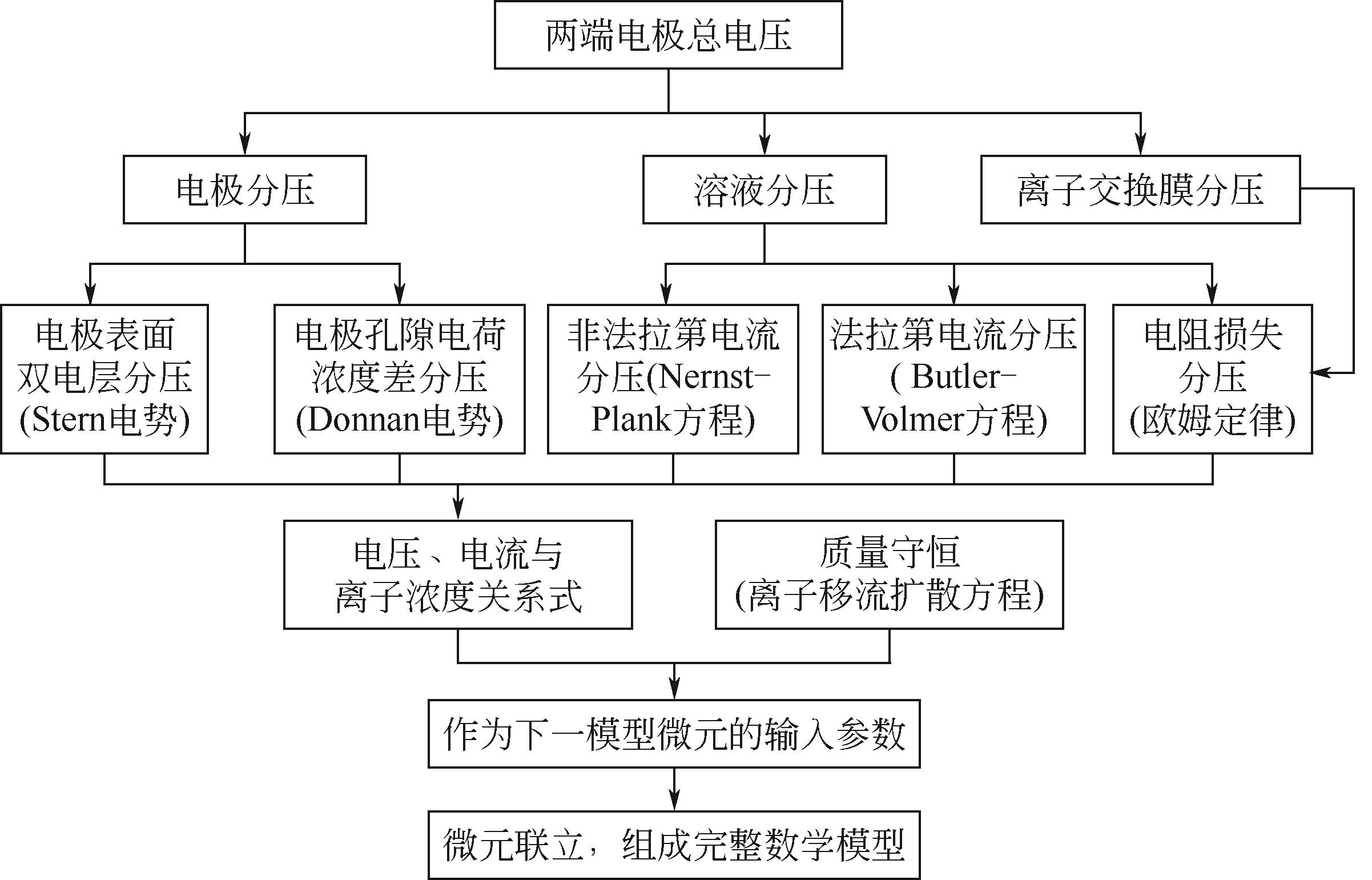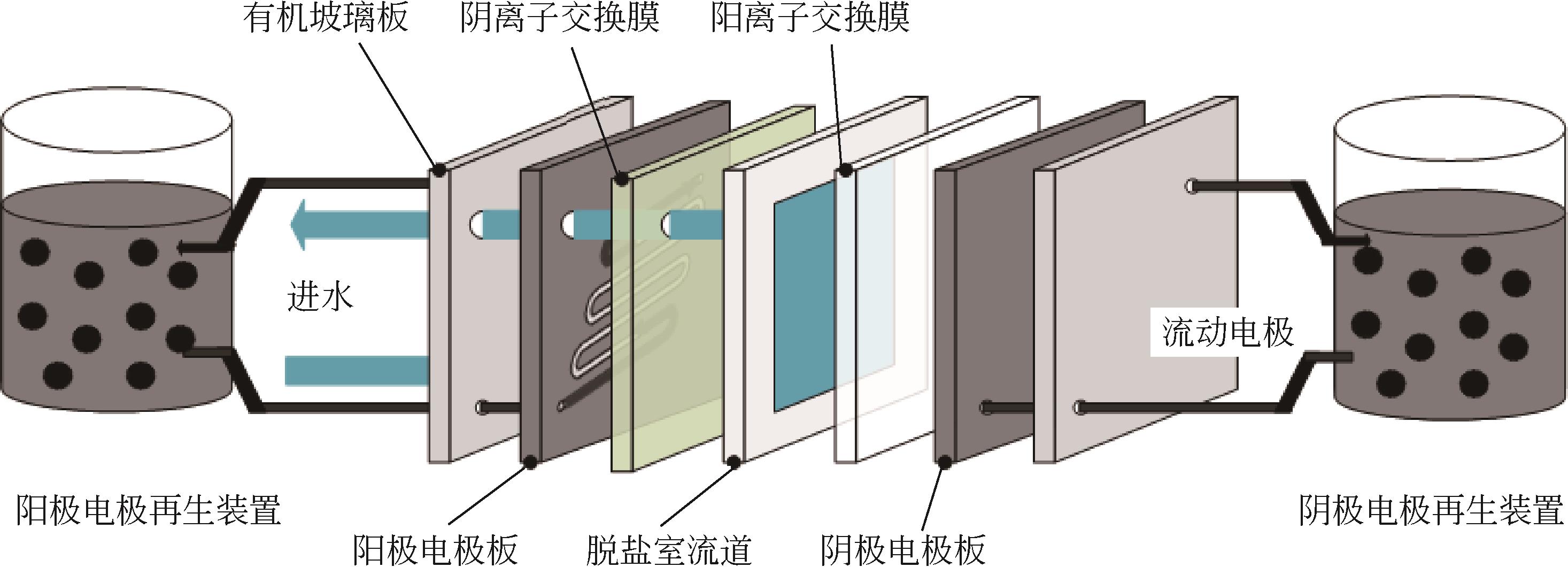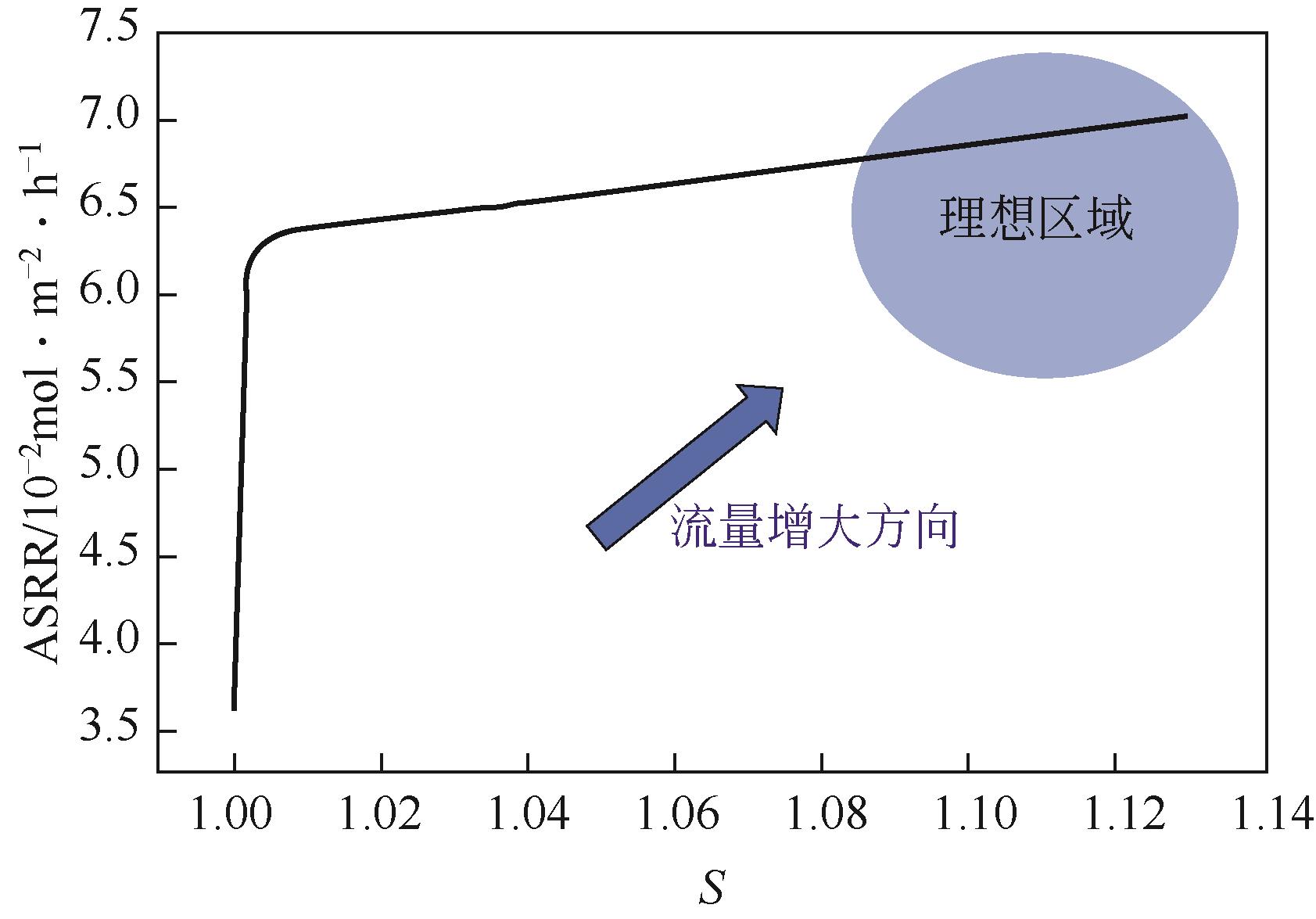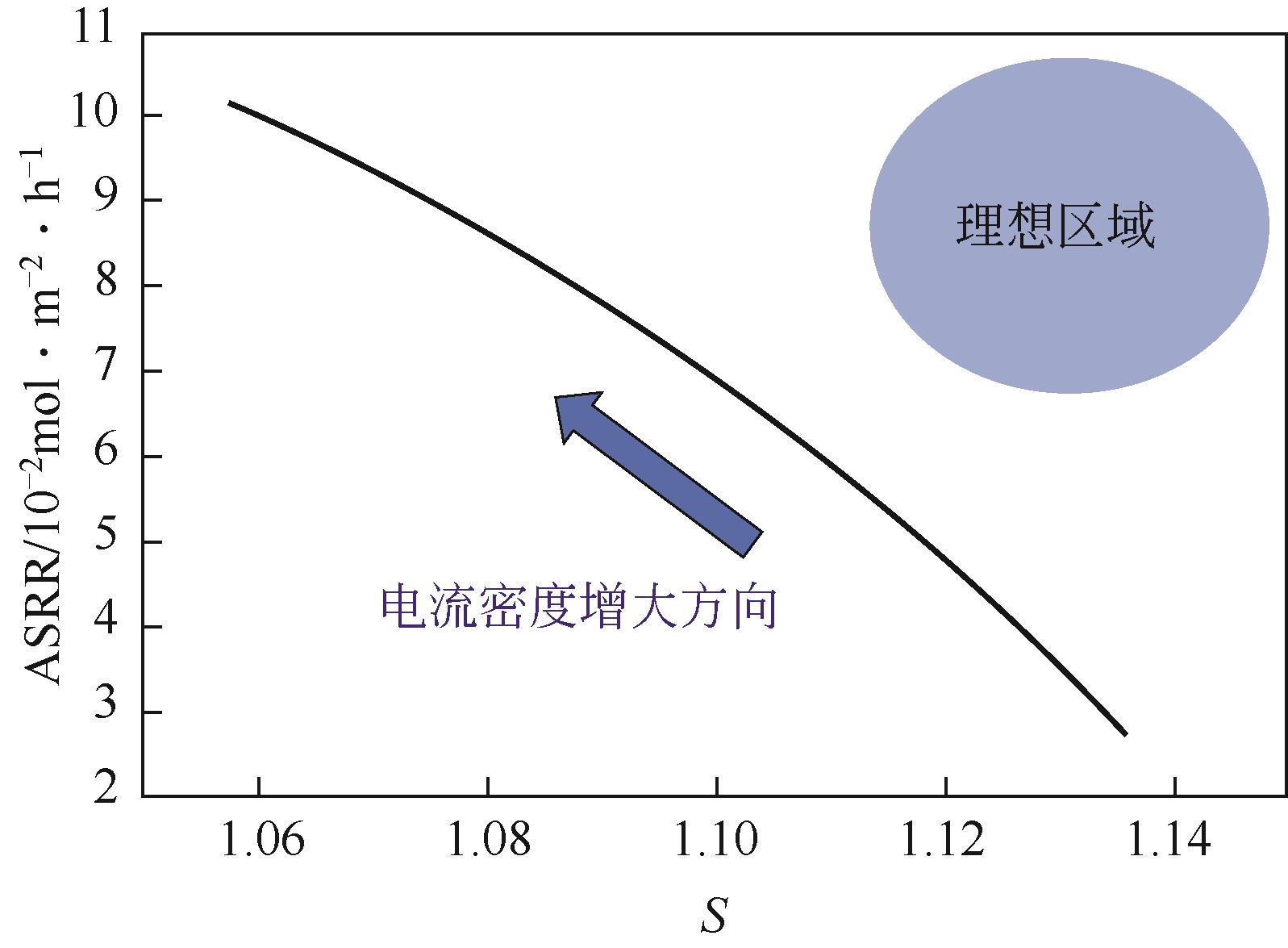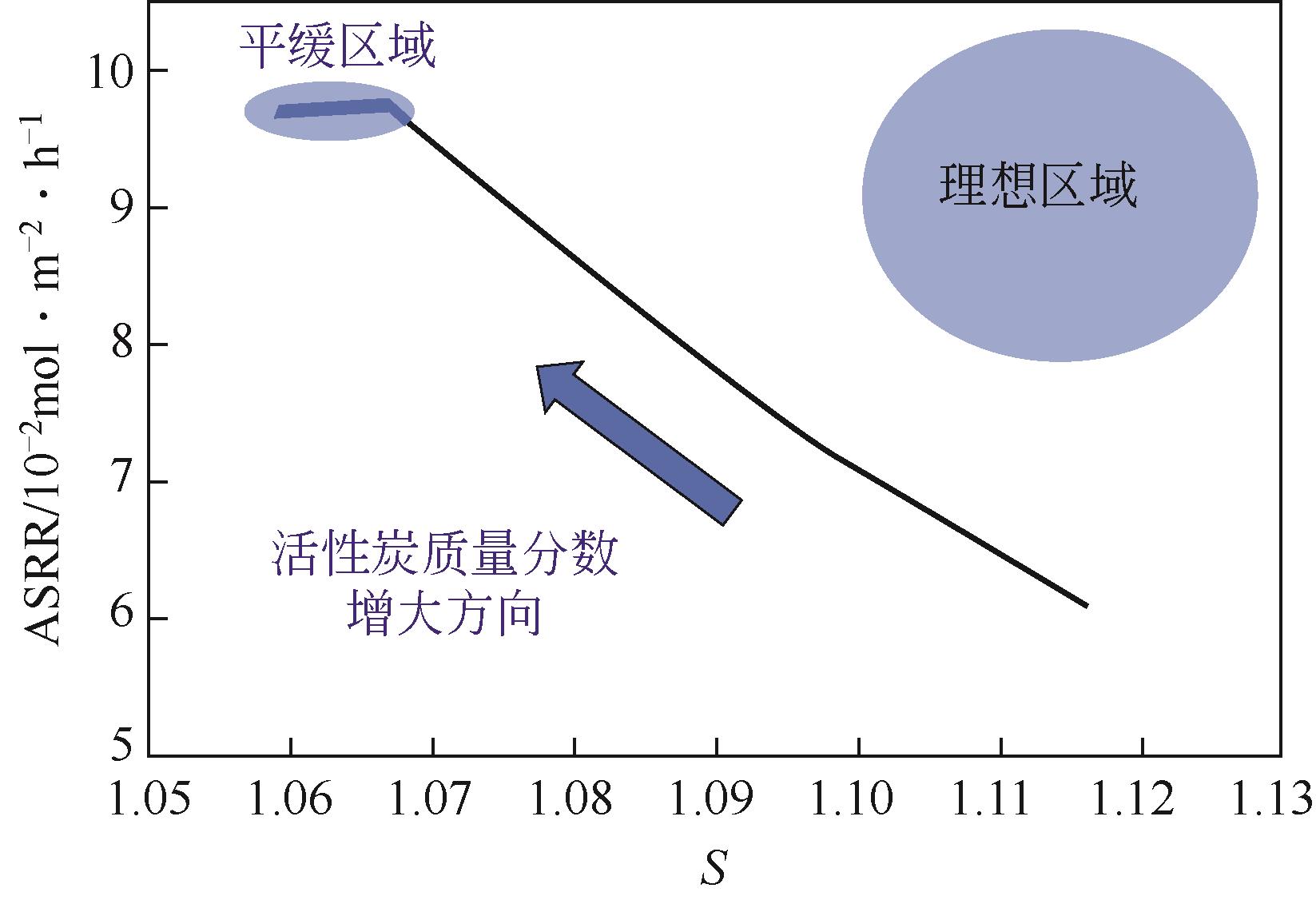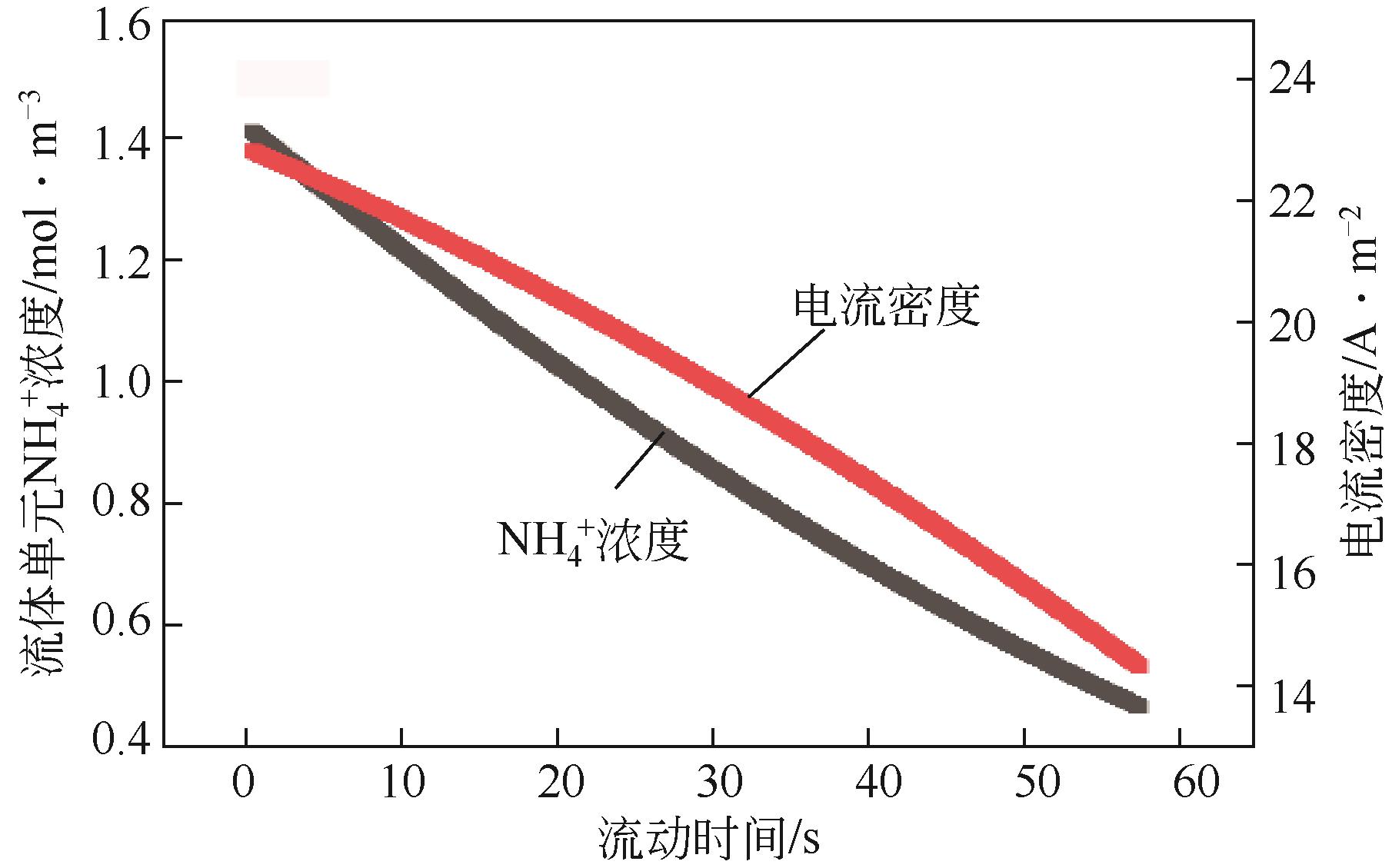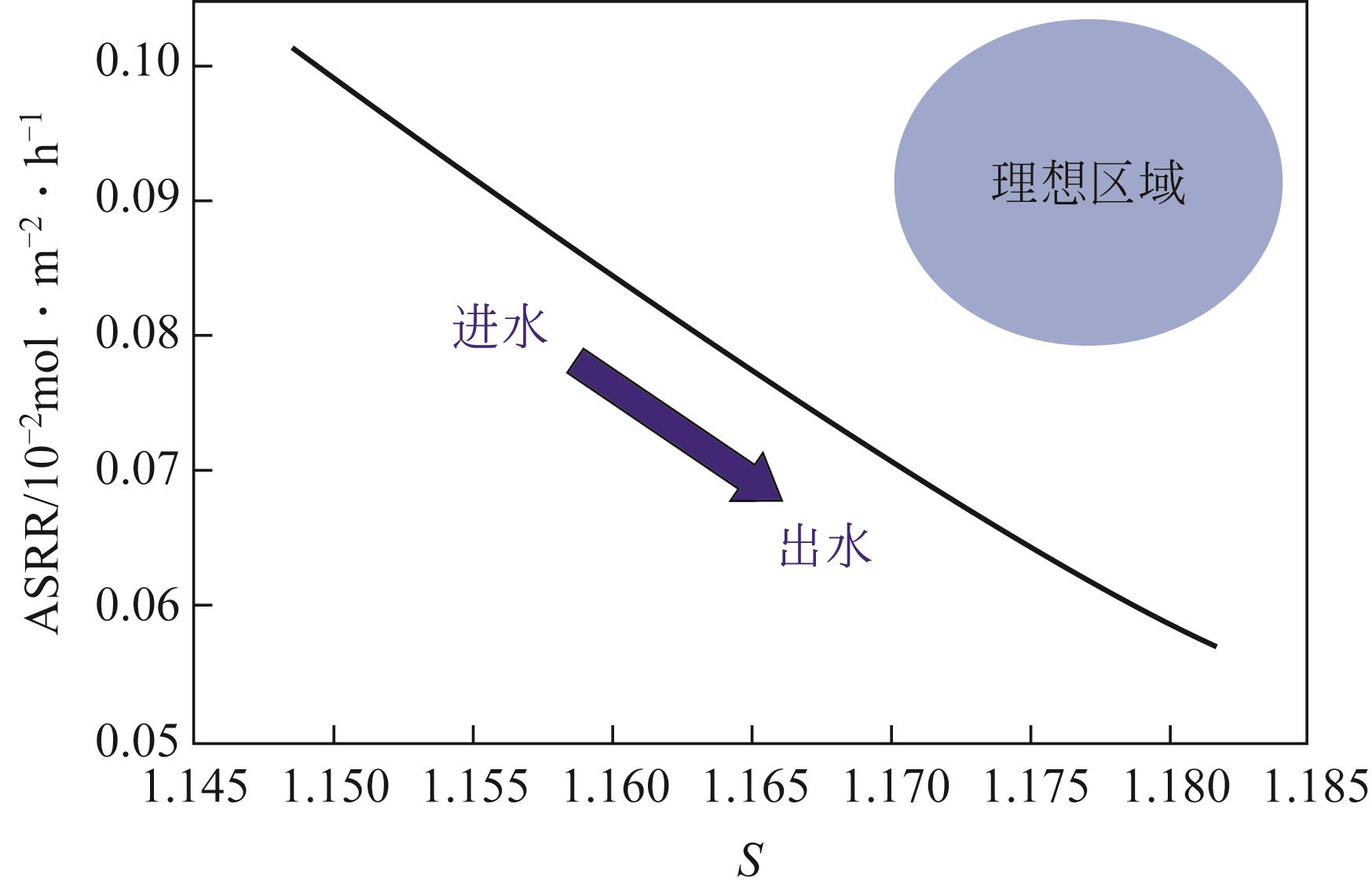| 1 |
SUN C, CHEN L, ZHAI L M, et al. National assessment of nitrogen fertilizers fate and related environmental impacts of multiple pathways in China[J]. Journal of Cleaner Production, 2020, 277: 123519.
|
| 2 |
DAHIYA S, MISHRA B K. Enhancing understandability and performance of flow electrode capacitive deionisation by optimizing configurational and operational parameters: a review on recent progress[J]. Separation and Purification Technology, 2020, 240: 116660.
|
| 3 |
JEON S I, PARK H R, YEO J G, et al. Desalination via a new membrane capacitive deionization process utilizing flow-electrodes[J]. Energy & Environmental Science, 2013, 6(5): 1471.
|
| 4 |
MA J X, HE C, HE D, et al. Analysis of capacitive and electrodialytic contributions to water desalination by flow-electrode CDI[J]. Water Research, 2018, 144: 296-303.
|
| 5 |
ZHANG C Y, MA J X, HE D, et al. Capacitive membrane stripping for ammonia recovery (CapAmm) from dilute wastewaters[J]. Environmental Science & Technology Letters, 2018, 5(1): 43-49.
|
| 6 |
FANG K, GONG H, HE W Y, et al. Recovering ammonia from municipal wastewater by flow-electrode capacitive deionization[J]. Chemical Engineering Journal, 2018, 348: 301-309.
|
| 7 |
MA J J, ZHANG C Y, YANG F, et al. Carbon black flow electrode enhanced electrochemical desalination using single-cycle operation[J]. Environmental Science & Technology, 2020, 54(2): 1177-1185.
|
| 8 |
ROMMERSKIRCHEN A, OHS B, HEPP K A, et al. Modeling continuous flow-electrode capacitive deionization processes with ion-exchange membranes[J]. Journal of Membrane Science, 2018, 546: 188-196.
|
| 9 |
WANG L, ZHANG C Y, HE C, et al. Equivalent film-electrode model for flow-electrode capacitive deionization: experimental validation and performance analysis[J]. Water Research, 2020, 181: 115917.
|
| 10 |
BAZANT M Z, THORNTON K, AJDARI A. Diffuse-charge dynamics in electrochemical systems[J]. Physical Review E: Statistical, Nonlinear, and Soft Matter Physics, 2004, 70(2 Pt 1): 021506.
|
| 11 |
DE LINT W B S, BIESHEUVEL P M, VERWEIJ H. Application of the charge regulation model to transport of ions through hydrophilic membranes: one-dimensional transport model for narrow pores (nanofiltration)[J]. Journal of Colloid and Interface Science, 2002, 251(1): 131-142.
|
| 12 |
BIESHEUVEL P M, FU Y, BAZANT M Z. Electrochemistry and capacitive charging of porous electrodes in asymmetric multicomponent electrolytes[J]. Russian Journal of Electrochemistry, 2012, 48(6): 580-592.
|
| 13 |
BIESHEUVEL P M, ZHAO R, PORADA S, et al. Theory of membrane capacitive deionization including the effect of the electrode pore space[J]. Journal of Colloid and Interface Science, 2011, 360(1): 239-248.
|
| 14 |
MUBITA T M, DYKSTRA J E, BIESHEUVEL P M, et al. Selective adsorption of nitrate over chloride in microporous carbons[J]. Water Research, 2019, 164: 114885.
|
| 15 |
SHAPOSHNIK V A, VASIL’EVA V I, GRIGORCHUK O V. Diffusion boundary layers during electrodialysis[J]. Russian Journal of Electrochemistry, 2006, 42(11): 1202-1207.
|
| 16 |
NEWMAN J S. Electrochemical systems[M]. New York: Prentice Englewood Cliffs, 1973: 17.
|
| 17 |
MA J J, MA J X, ZHANG C Y, et al. Water recovery rate in short-circuited closed-cycle operation of flow-electrode capacitive deionization (FCDI)[J]. Environmental Science & Technology, 2019, 53(23): 13859-13867.
|
| 18 |
KIM T, YOON J. CDI ragone plot as a functional tool to evaluate desalination performance in capacitive deionization[J]. RSC Advances, 2015, 5(2): 1456-1461.
|
| 19 |
ZHANG X D, ZUO K C, ZHANG X R, et al. Selective ion separation by capacitive deionization (CDI) based technologies: a state-of-the-art review[J]. Environmental Science: Water Research & Technology, 2020, 6(2): 243-257.
|
| 20 |
YANG Y, SHIN J, JASPER J T, et al. Multilayer heterojunction anodes for saline wastewater treatment: design strategies and reactive species generation mechanisms[J]. Environmental Science & Technology, 2016, 50(16): 8780-8787.
|
| 21 |
REN S T, LI M C, SUN J Y, et al. A novel electrochemical reactor for nitrogen and phosphorus recovery from domestic wastewater[J]. Frontiers of Environmental Science & Engineering, 2017, 11(4): 1-6.
|
| 22 |
DESLOOVER J, ABATE WOLDEYOHANNIS A, VERSTRAETE W, et al. Electrochemical resource recovery from digestate to prevent ammonia toxicity during anaerobic digestion[J]. Environmental Science & Technology, 2012, 46(21):12209-12216.
|
 ), 王宏洋2(
), 王宏洋2( ), 孙宇巍2, 王旭3, 汪霞2, 朱光灿1(
), 孙宇巍2, 王旭3, 汪霞2, 朱光灿1( )
)
 ), WANG Hongyang2(
), WANG Hongyang2( ), SUN Yuwei2, WANG Xu3, WANG Xia2, ZHU Guangcan1(
), SUN Yuwei2, WANG Xu3, WANG Xia2, ZHU Guangcan1( )
)

